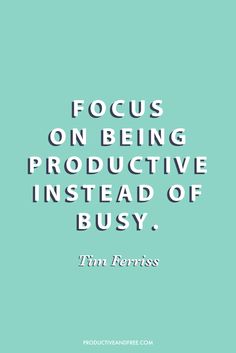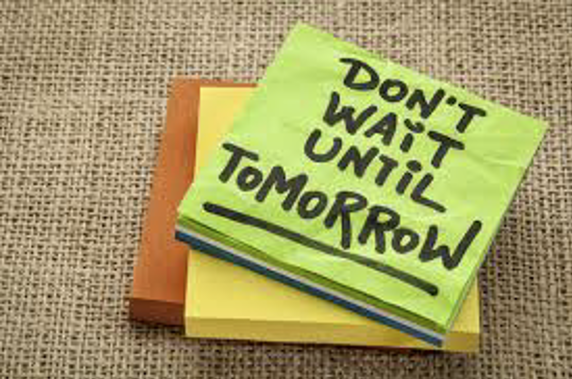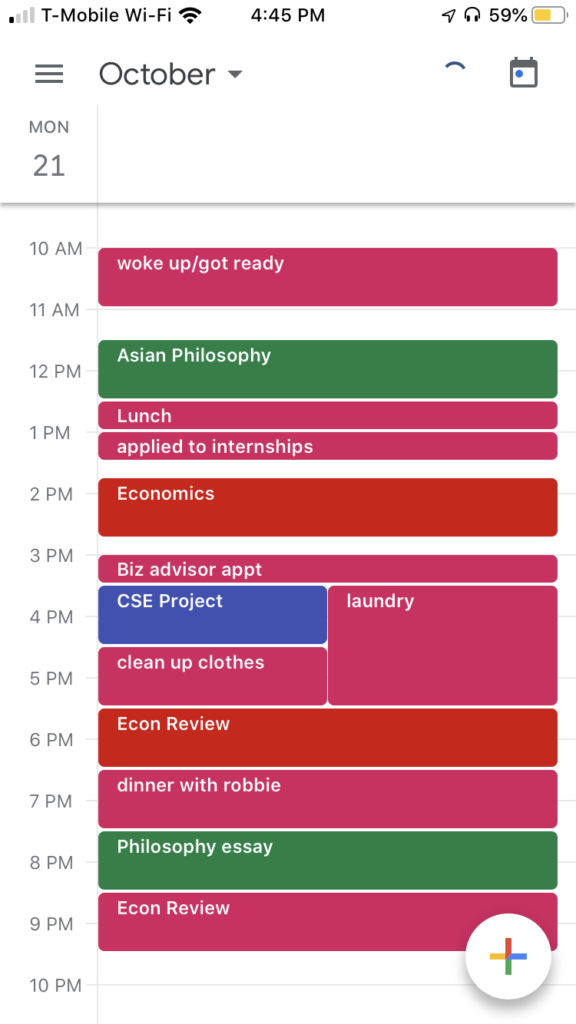
For many years now, procrastination has been one of the biggest problems of my study habits. I’ve used many techniques, but I always seem to find a way to push off my work, even if it’s a small task. Once I was tasked with this project, I had to first decide on a book to read. I knew right away that I wanted a book that focused on procrastination and time management because those were my biggest issues; I scrolled over The Productivity Project and I knew right away this was the book for me. The summary said its focus was to help readers increase their productivity, it was almost like this book was made for me. My main focus was to decrease my procrastination but along the way, I realized a big issue as to why I was procrastinating was because I wasn’t managing my time well and that was something I also needed to improve upon. It’s easy to make to-do lists, but the obstacle is to stick to them and do each task promptly.

Goals for the project
My goals for this project are the same goals I have for taking this class, I want to procrastinate less and manage my time better. That’s why The Productivity Project seemed like the perfect book for me because it’s all about boosting your productivity by procrastinating less, managing your time better, and understanding what skills and tools you need to achieve your goals. Something I didn’t realize is important, which the book helped me realize, is to track how much I follow my agenda and to track how much I procrastinate. This is something I wasn’t particularly fond of doing because I didn’t want to be reminded of how unproductive I am. Although I was reluctant to do this, it was important I track what I do because I was able to understand, with data, how much of my agenda I am following. Least to say, I was disappointed, but it helped me understand how much I was slacking, and I needed to change what I’m doing. Through these activities, I understood what was distracting me and what I skimp out on doing. This was the first step to managing my time better.
Causes of procrastination
As I was able to see how much time I wasted, it was important to note what I was wasting my time on. Typical time-wasters included:
• Netflix
• Social Media
• Taking long naps
• Shopping
• Hanging out with friends
A way to stop wasting time was to eliminate those distractions, but I still found ways to procrastinate because there were underlying problems:
• fear of failure
• lack of concentration
• being tired
• stress about other subjects/issues in life
Dealing with these issues seemed tougher than expected because it’s easy to recognize if you’re not focused, but it’s not as easy to make sure you’re staying focused. Moving forward, the issue was to observe why I was wasting time and how to focus on my work.
Strategies from the book
Being able to understand what was causing me to be unproductive was one issue, but the other was to understand how to overcome these causes. The book suggested some basic tips, but I figured I’d try them out:
- Waking up earlier
- Studied in a different environment
- Just telling yourself to start working
- Working ahead on assignments so you don’t have to work under pressure
- Prioritizing tasks that are important even if it’s more difficult
- Finish any minor errands on a specific day instead of throughout the week
All strategies worked very well for me, and although I know I needed to change a lot about my study habits I didn’t realize how much it would increase my productivity. Simply studying with a friend in a different environment motivated me to study longer than I typically would, and I got more done in the three hours than I would in two days because I was finally focusing on my work. A lot of these solutions helped me focus on my work and stay focused! I typically keep a day of the week allotted for basic errands that don’t have anything to do with studies so that wasn’t super difficult and telling myself to start working helped but I need to work more on my will power to start my work instead of going on my phone. The most difficult tasks were prioritizing my tasks along with working ahead on assignments. One of my biggest priorities is my software class yet I always save it for last because it’s so difficult I’d rather do it last, but a lot of times I don’t get to it or I’ll do it the next day because I don’t want to deal with it. I pushed myself to start reviewing for my software class earlier by only first studying for only 30 min and then reward myself after. This worked for the most part, but when it started getting later in the day it was tough for me to stray on track. Overall, all strategies are great and I will continue to use them in the future because they helped me increase my productivity and manage my time better!
Tracking examples
To help me understand what I’m spending my time on, I used two tricks from the book. The first was to understand what I spend my time on (to understand what I’m distracted by). The book suggested using a software called Rescue Time which records what you’re spending your time on; how long have I been productive and how long have I been procrastinating.

Doing this not only made me realize how much time I wasted but on what and at what times. For example, I’ve learned not to study for software after water polo practice because I never end up studying enough because I waste too much time. What I learned: study for my software class before polo practice and do easier tasks after practice because I’m mentally and physically exhausted.
I also used google calendar to create a schedule of everything I need to do during the day and at what times. This way I know what I need to be working on and for how long. This helped me stay on track as well as understand at what times I’m most productive and when I should take some time for myself. I also color-coded each task, so I know if it’s a personal task or if it’s for a specific class

Both tracking examples are pretty similar but the google calendar addresses more of my issues with time management than procrastination.
Takeaways
This book was super helpful in increasing my productivity. It helped me understand why I procrastinated, how I procrastinated, and what to do to stop procrastinating. I never thought about why I procrastinate, because I figured all I need to do is focus on my work but helping me understand why and how I procrastinate made a huge difference with my study habits. I was able to identify when I was distracted and what I should do to stay focused. It’s a slow process, but I’m getting better with each day! For example, I started studying for my software and economics class 4 days earlier than I typically would have. I also am starting to stick more to my agenda and getting more of my tasks done. Following my agenda and staying focused is difficult for me, but I was able to prove to myself that I can do it!
Review
I enjoyed this book, even just for the read. The author made it fun to learn about productivity and the strategies recommended were also pretty engaging. This book helped me a lot to increase my productivity by decreasing the time I procrastinate and managing my time better. The author is very understanding as to why people are unproductive but gives basic/major solutions that help. I will continue to use these strategies even outside of this class because of how much it helped me with my academics. Some strategies that I particularly enjoyed was creating a schedule ahead of time, along with studying in different environments. This helped me visualize what I need to get done and by what time. I would recommend this book to anyone having issues with time management, procrastination, or just wants a better work ethic!
